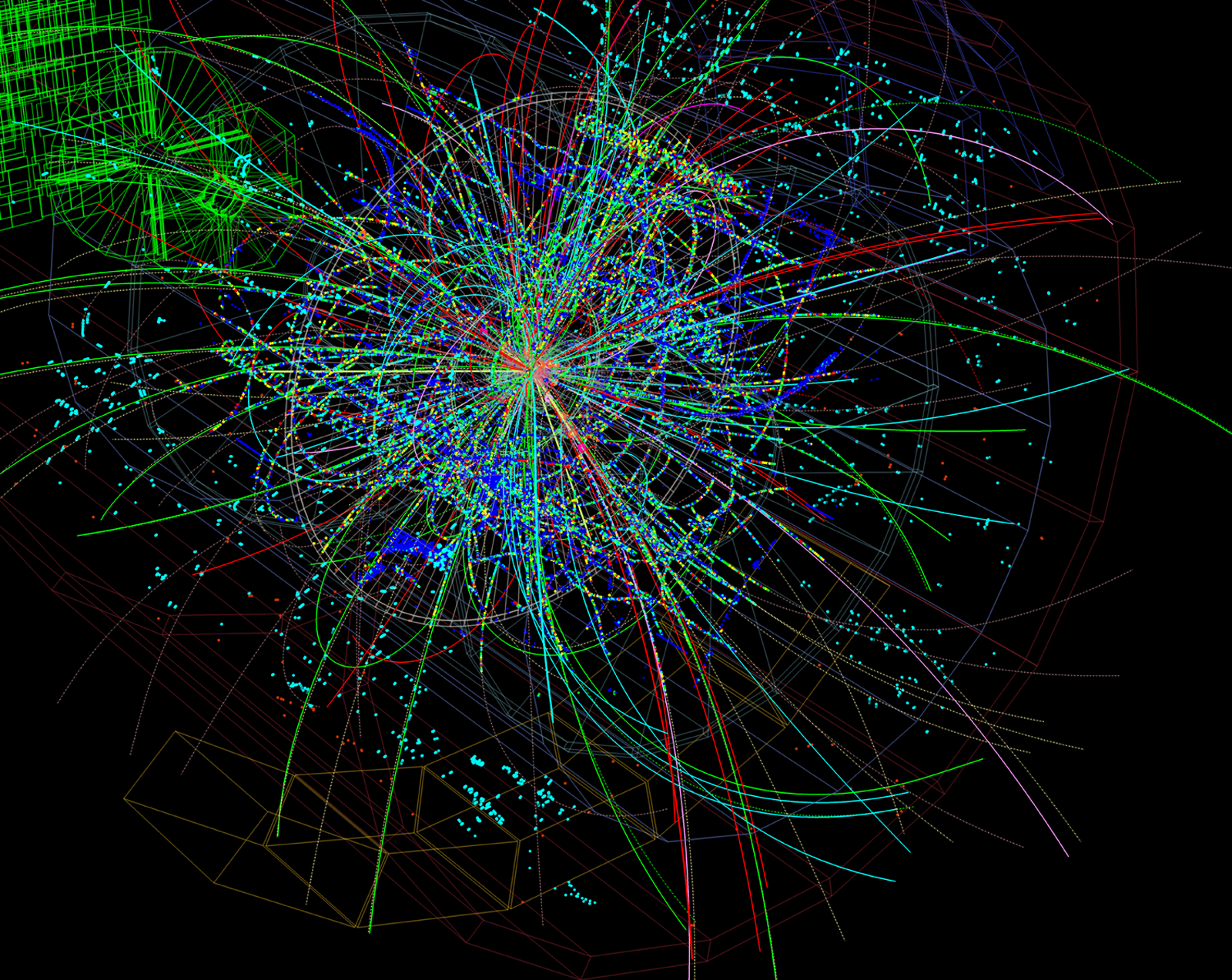Taking a closer look at LHC
| Synchrotron radiation is, very simply, radiation from relativistic charged particles moving in a uniform magnetic field. It is the relativistic equivalent of cyclotron radiation and is named after the relativistic accelerators. When cyclotrons became sufficiently powerful to boost a particle close to the speed of light, the mass of the electron changed and so did its orbital frequency. As a result, the synchrotron had to adjust its boost frequency as the energy of the beam particles rose. |
|
Many synchrotrons instalation are in regular use around the world as a copious supply of ultraviolet and x-ray photons.
The universe creates relativistic electrons and traps them in magnetic fields in a variety of different environments. The objects that emit the high energy electrons tend to be rather exotic and interesting, so understanding the nature of synchrotron radiation is of basic value to modern astrophysics.
RF cavities have to put energy into the beam because synchrotron radiation (due to bending) takes it out.
Per revolution energy loss is:

(where ρ is the radious)
Note that since ϒ = E/m0·c2,, electrons lose energy about 1013 times faster than protons.This is one of the main reason because in LHC protons are travelling instead electrons.
Also, the future accelerator with electrons (CLIC or ILC) wil be an linear accelerator.
Let`s express ρ with other accelerator parameters:

with B = 8,33 T and ϒ = 7640 we have: P = 1,93·10-11 W
The energy loss per turn (1 second = 11245 turns), that is Synchrotron radiation loss/turn:
1,93·10-11/11245 = 1,72·10-15 J/turn
or, in keV: ~ 10 keV/turn
Now, for each beam: Pbeam = 1,93·10-11 ·1,15·1011 ·2808 ⇒ Pbeam ≃ 6135 W
Finally, the energy loss for second and meter is:
The way to reduce the total number of particles without compromising luminosity can be to increase bunch spacing (use less bunches) and compensate for this increase putting more protons in each bunch.
|
AUTHORS Xabier Cid Vidal, PhD in experimental Particle Physics for Santiago University (USC). Research Fellow in experimental Particle Physics at CERN from January 2013 to Decembre 2015. He was until 2022 linked to the Department of Particle Physics of the USC as a "Juan de La Cierva", "Ramon y Cajal" fellow (Spanish Postdoctoral Senior Grants), and Associate Professor. Since 2023 is Senior Lecturer in that Department.(ORCID). Ramon Cid Manzano, until his retirement in 2020 was secondary school Physics Teacher at IES de SAR (Santiago - Spain), and part-time Lecturer (Profesor Asociado) in Faculty of Education at the University of Santiago (Spain). He has a Degree in Physics and a Degree in Chemistry, and he is PhD for Santiago University (USC) (ORCID). |
CERN CERN Experimental Physics Department CERN and the Environment |
LHC |
IMPORTANT NOTICE
For the bibliography used when writing this Section please go to the References Section
© Xabier Cid Vidal & Ramon Cid - rcid@lhc-closer.es | SANTIAGO (SPAIN) |



